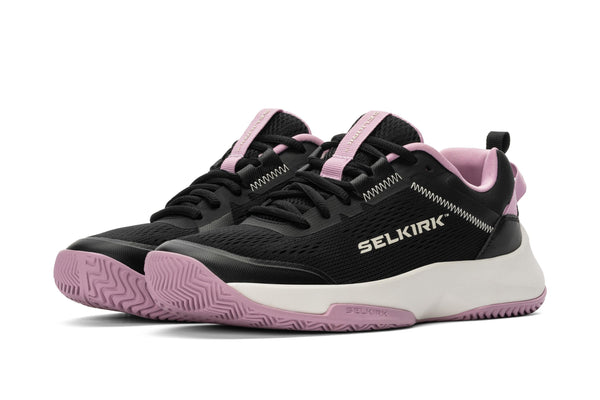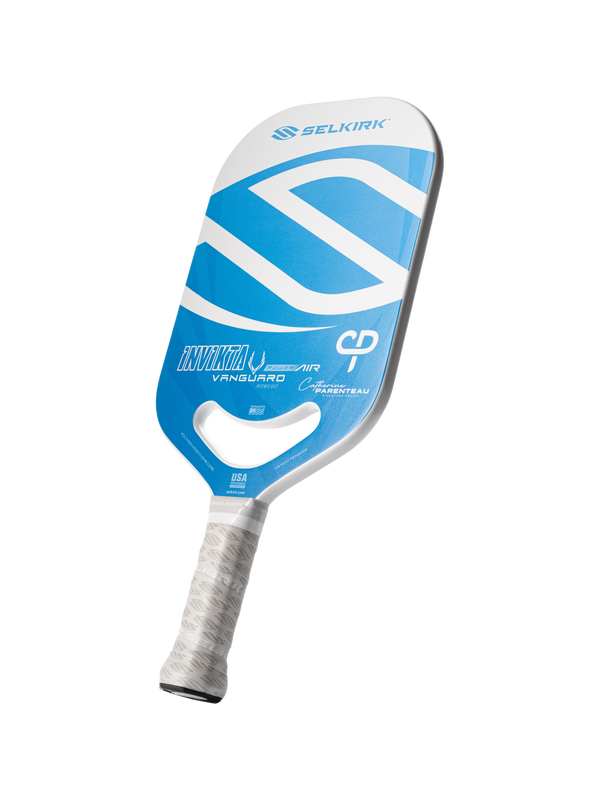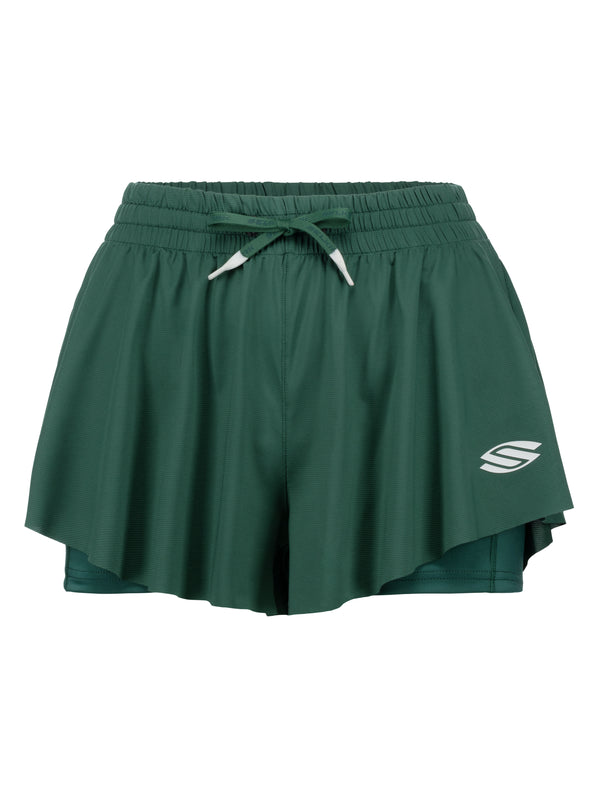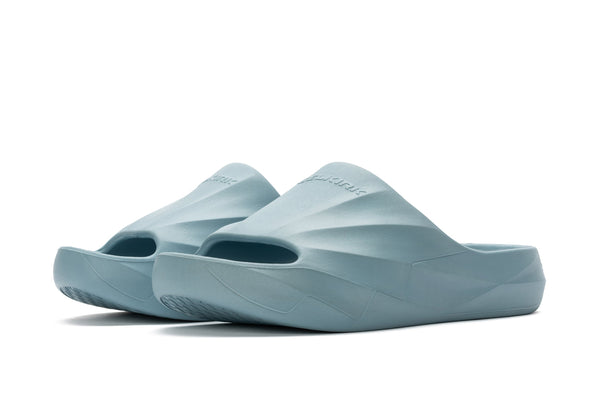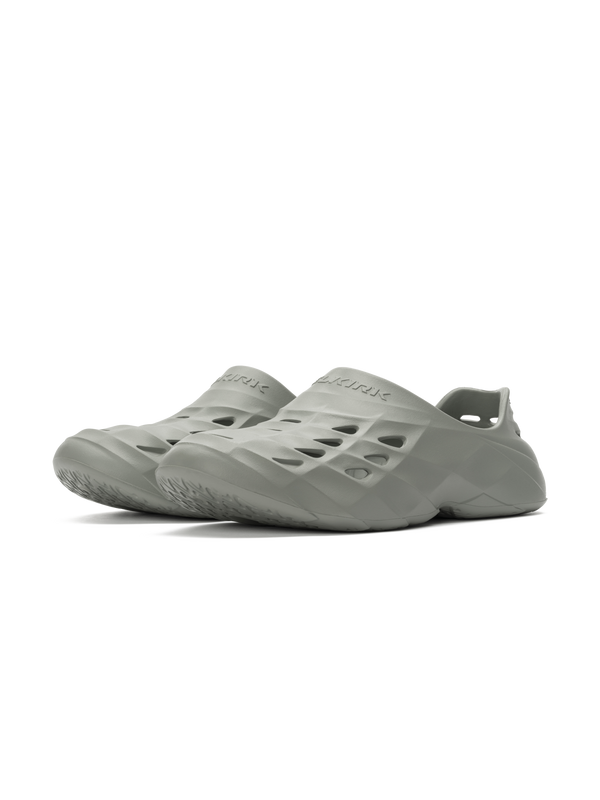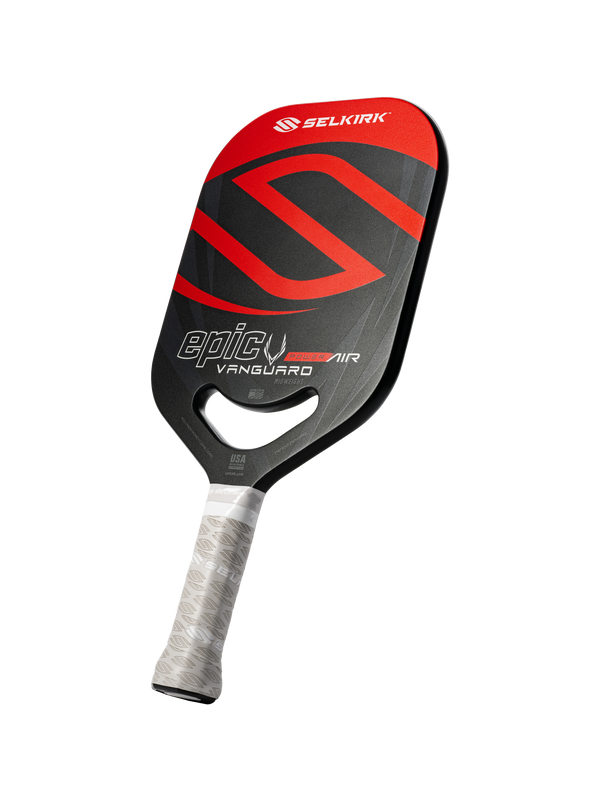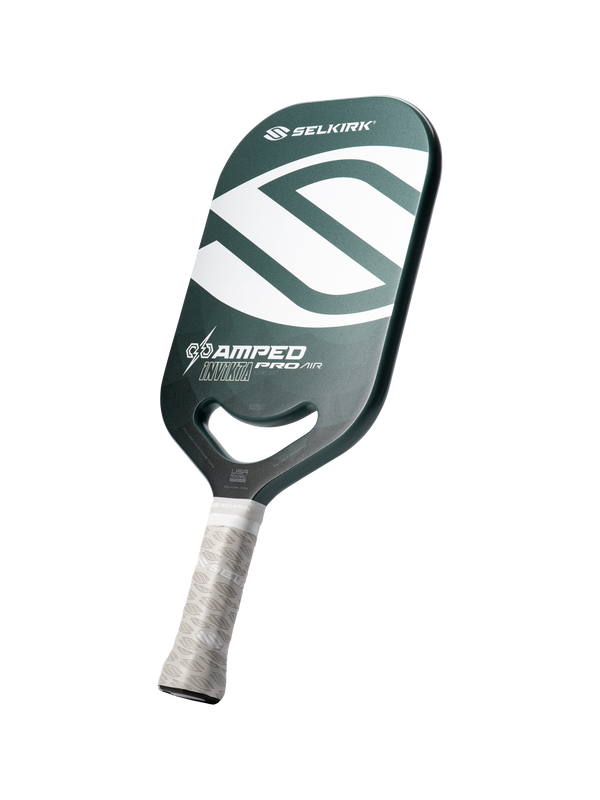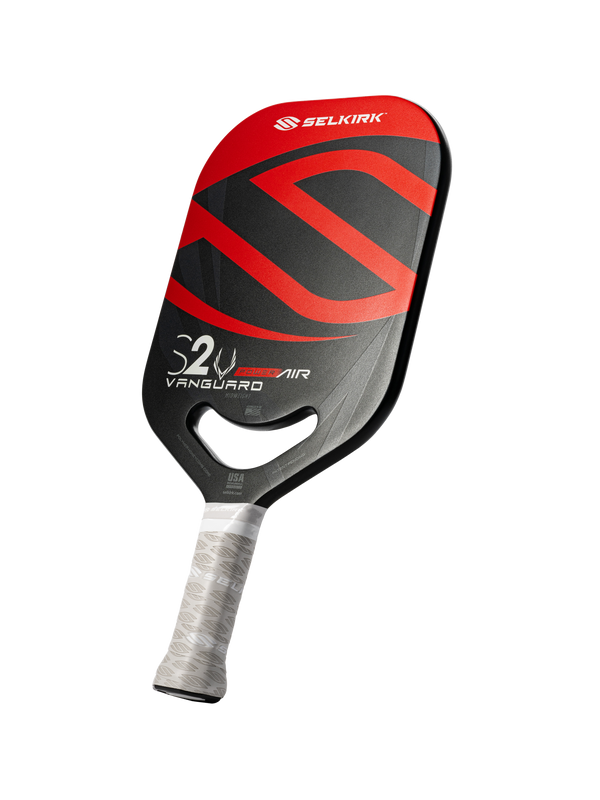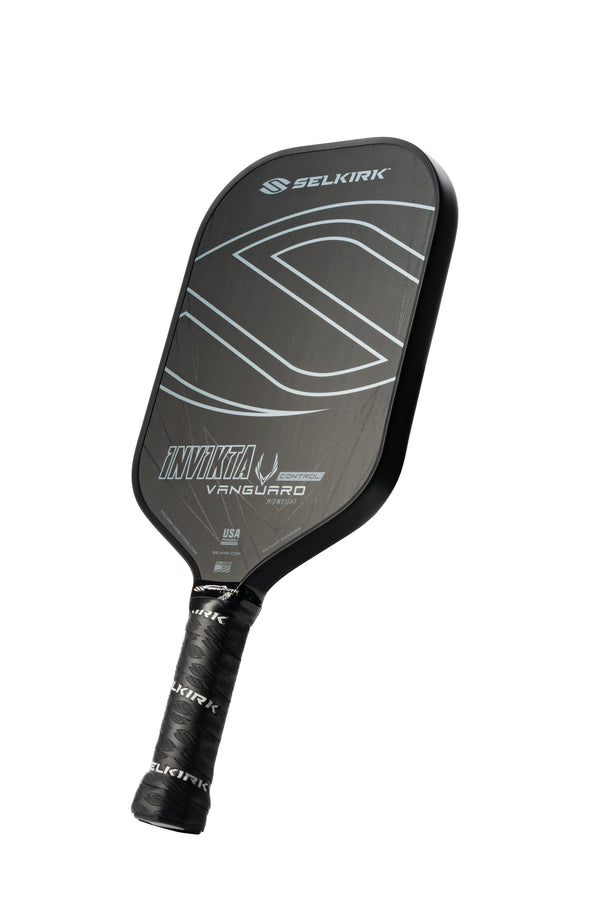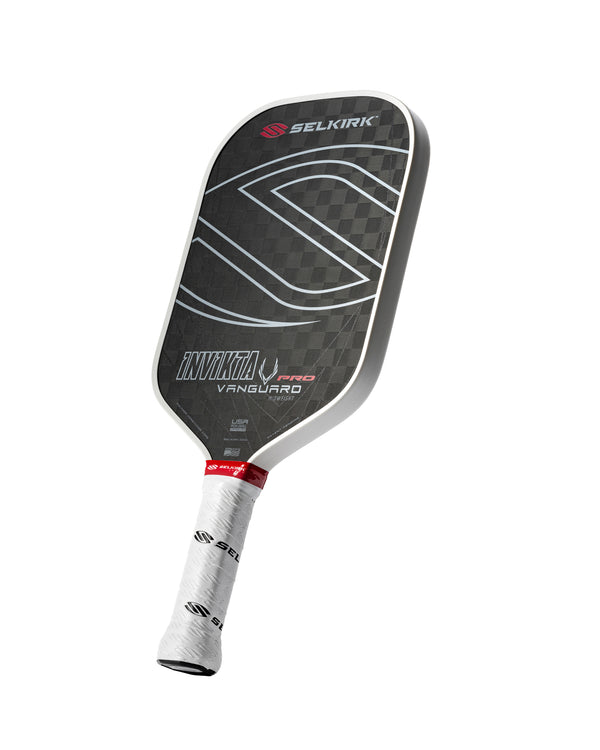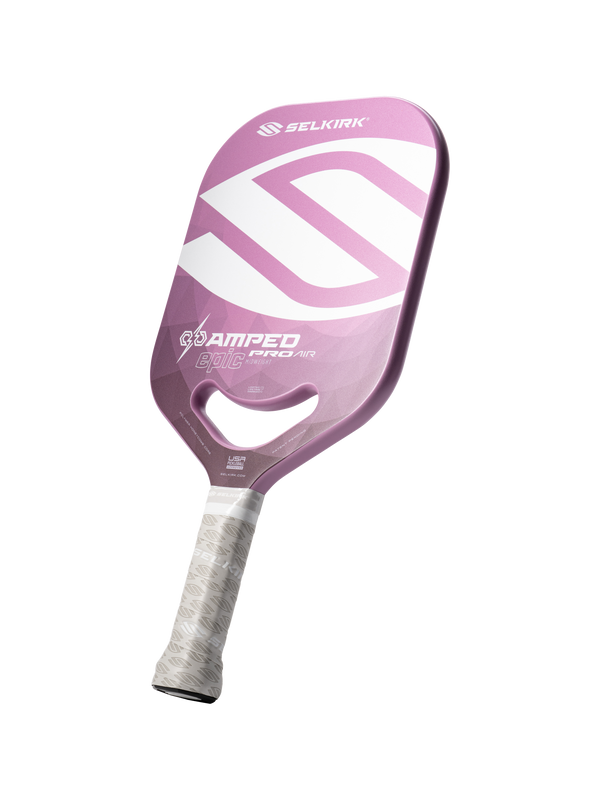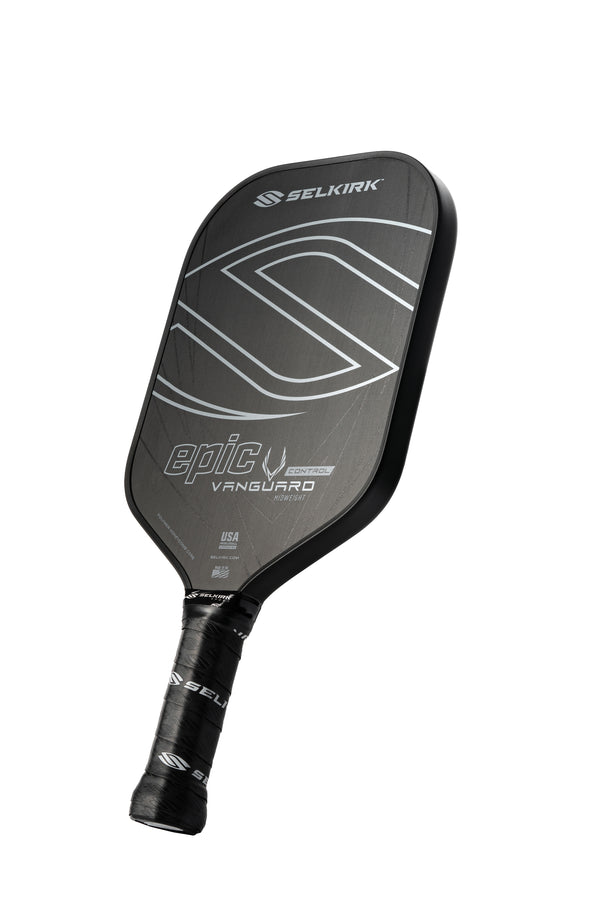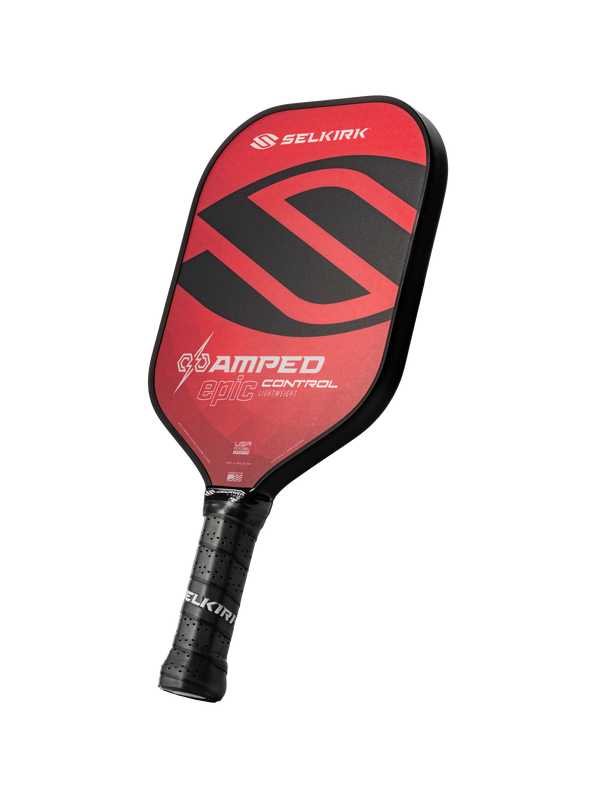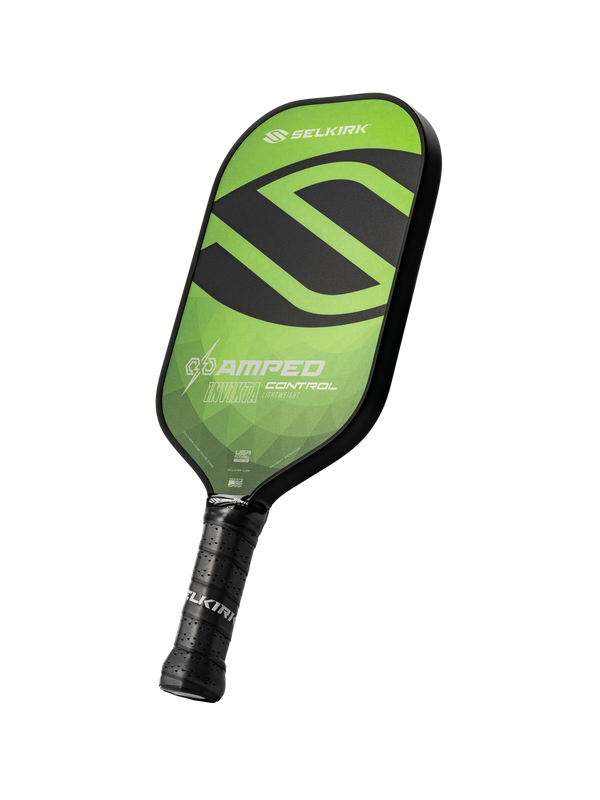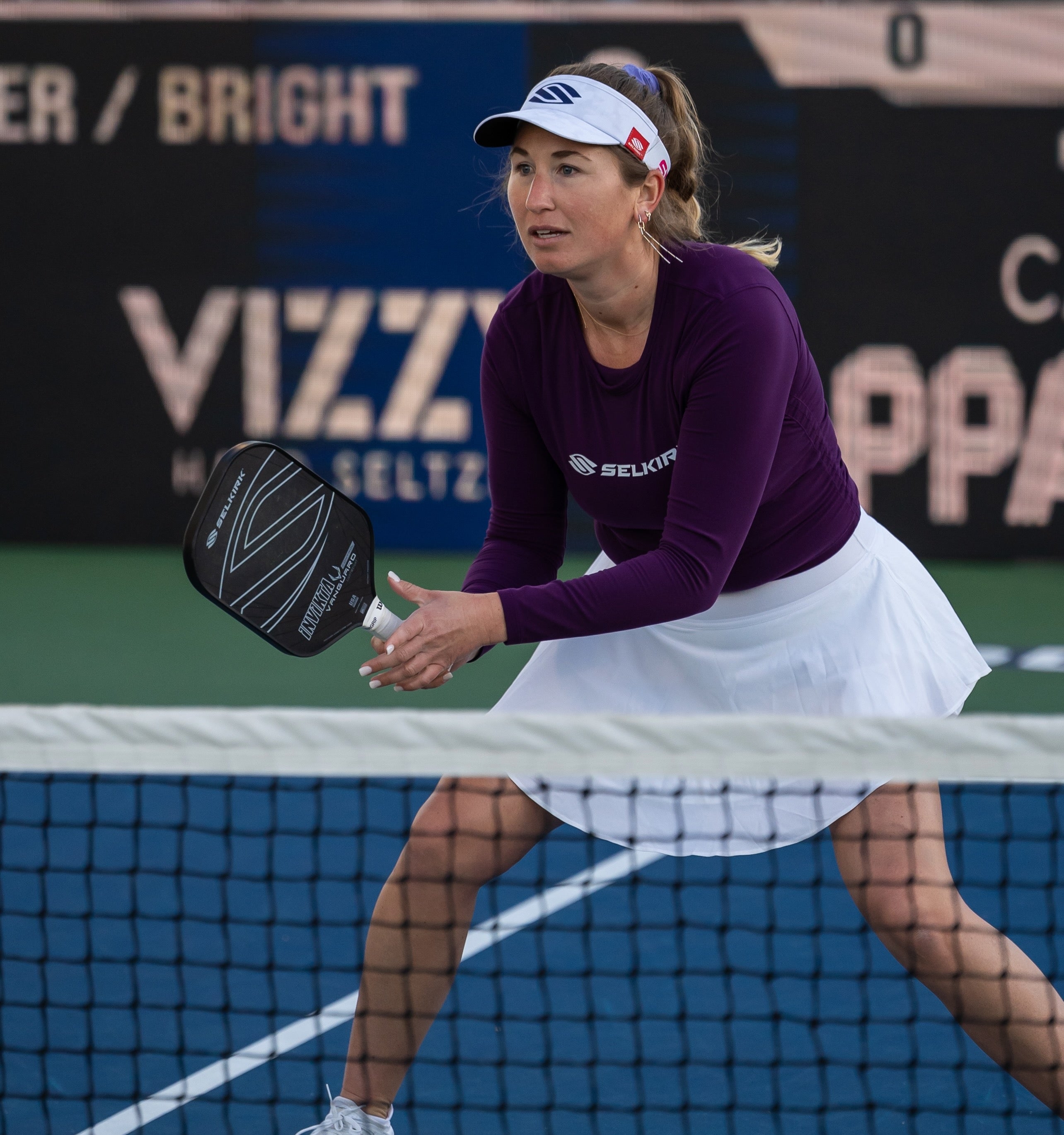
Anyone who has played pickleball for any length of time will likely agree that pickleball is a sport that is easy to pick up and hard to master.
New pickleball players, particularly those with no prior racket sport experience, have to learn a variety of skills, and one often overlooked area is body control.
Body control refers to a player’s ability to stay calm while executing shots and waiting to receive the ball. This means practicing proper footwork so that you can hit the ball and rest with minimum body movement.
Of course, some players — such as James Ignatowich — prefer high-activity body movement. But in general, players will see more success in pickleball when they quiet their bodies and make minimal, strategic adjustments to put them in the winning position.
How to relax key parts of your body
To better understand body control for pickleball, there are six key body parts to focus on:
- Feet
- Knees
- Core
- Wrists
- Elbows
- Shoulders
Quieting these parts of your body will help you conserve energy and execute more accurate plays on the court.
Feet
It is common knowledge that power and balance in most racket sports come from good footwork. In pickleball, you should try to keep your weight centered on the balls of your feet, which allows you to have great agility.
When you are agile, you can move your feet less because it takes less movement to reach your desired destination. The less you move your feet, the less you have to reset your body to neutral, and the quicker you can respond to the next shot.
It’s also important to hit the ball with both feet on the ground. Doing so ensures you are stable when you strike the ball, which will help you avoid mishits. Although you will occasionally have to make a hard-to-reach shot on one foot, when applicable, hit with both feet firmly planted on the ground.
Knees
Working up the body, the knees are the next most important factor. When playing at the net, it’s important to keep a slight bend in your knees because doing so allows you to reach low shots.
However, there is such a thing as bending your knees too much. If you maintain a low squat position, you will put too much strain on your knees, which will make you slower to reach certain shots.
You will need to determine the optimal knee bend for yourself, depending on your height. Ideally, you want to be able to easily reach shots hit at your feet but not take too long to move laterally.
Core
Good core engagement is essential to good balance. As you tighten your stomach and glute muscles, your core is activated and stability is achieved.
Focus on aligning your body parallel to the net, not leading into or away from it. Doing so will ensure you aren’t putting undue pressure on your knees or lower back. It will also allow you to fire your muscles up to help you move in whatever direction is necessary.
Wrist and elbow
To help quiet your wrist and elbow, the solution is simple: Don’t use them. Unless you are a seasoned ping pong or tennis player who can accurately incorporate slices and spins, it’s best to avoid hitting shots that require you to flick your wrist or bend your elbow because this can lead to mishits.
Instead, shots should drive from the shoulder. Keeping your elbow and wrist relaxed but firm, you should use your shoulder as the guide to execute your shots.
Shoulder
Consistency in pickleball is executed by swinging your arm straight, using the shoulder as the guide point. When swinging your paddle, your shoulder and elbow should be kept close to the body.
Remember: You don’t need much backswing to hit a strong shot. Finally, finish your swing path with your paddle above your non-dominant shoulder.
Here’s a quick guide to help you remember the do’s and don’ts of body control:
Do Don’t
|
1. Feet |
Stay on balls of feet, keep both feet on the ground |
Lose balance, lift one leg up as you hit the ball |
|
2. Knees |
Bend them slightly |
Stand up straight, over bend them |
|
3. Core |
Engage core muscles, keep the body parallel to the net |
Bend too far forward or backward |
|
4. Wrist |
Keep wrist in a comfortable position |
Twist the wrist |
|
5. Elbow |
Keep elbow slightly bent |
Over bend your elbow |
|
6. Shoulders |
Use as a guide, keep close to your body |
Make a wide swing, swing too far behind your body |
Pickleball drills to help quiet your body
One of the best ways to learn how to quiet your body is to practice doing so before you play a game. You can incorporate this mindfulness into your pre-game warmups.
Grab a drilling partner and practice these drills:
- Dink 10 times forehand straight to your partner
- Dink 10 times backhand straight to your partner
- Dink 10 times forehand crosscourt to your partner
- Dink 10 times backhand crosscourt to your partner
As you do, make sure you are using minimum body movement and keeping the six key parts of your body in the proper position.
Like any drill, these can be tedious, but they will help you build up muscle memory for a quiet body, which is needed for better long-term ball control.



